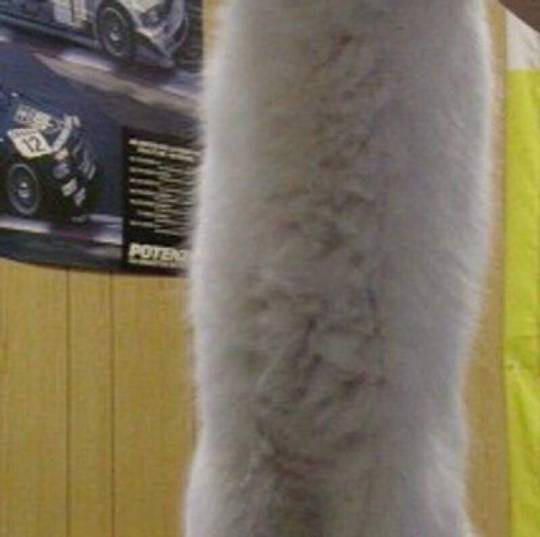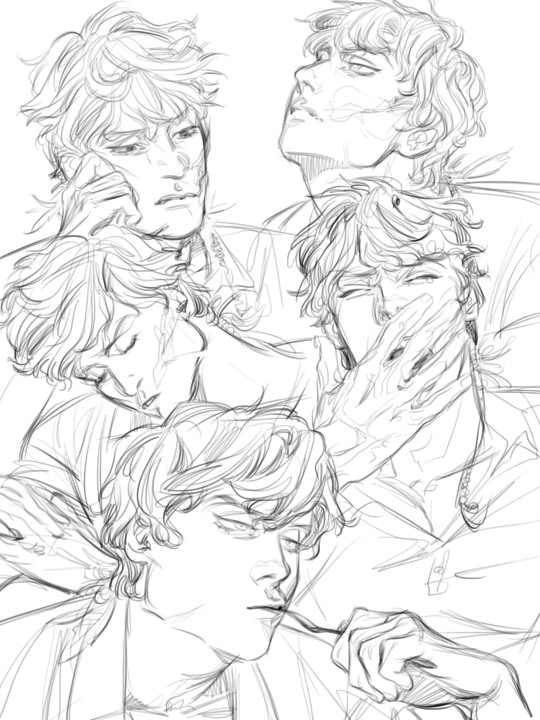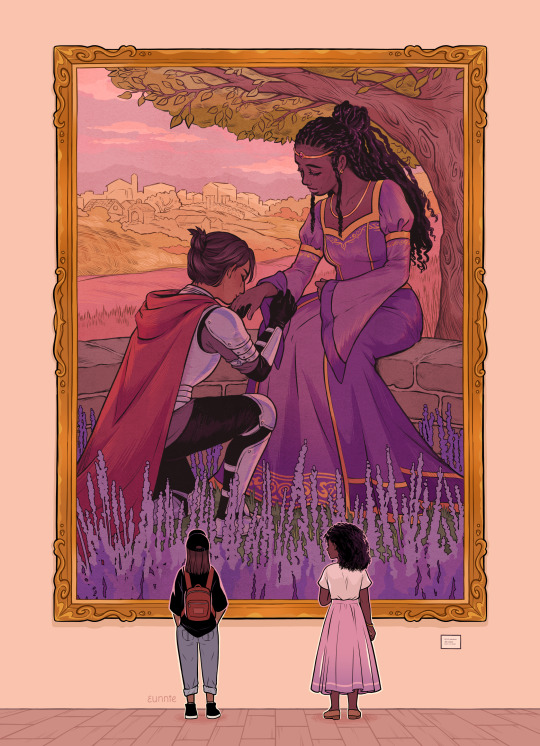Note
Saskatoon freezing deaths — is this fucking real? Bc I never heard of it and my Australian friend sent me a wikipedia page, is this seriously real
Yes, it’s real.
Saskatoon cops are racist towards Indigenous people, and this racism kills.
25K notes
·
View notes
Photo
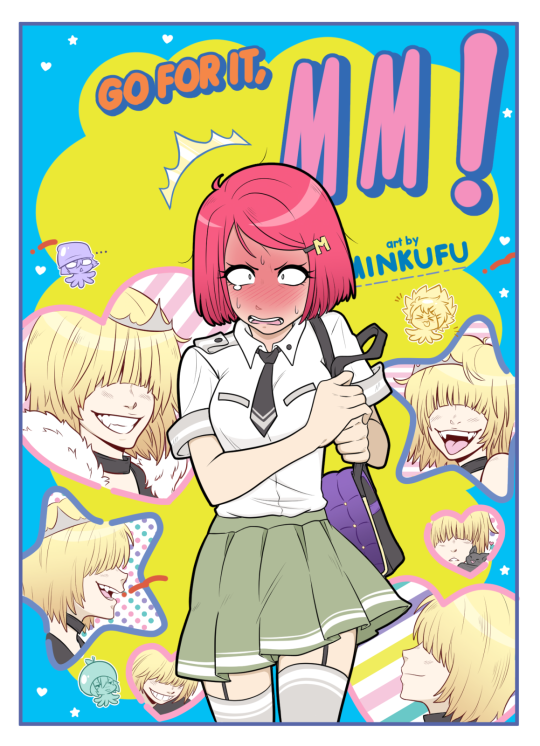
Hands you a redraw for a ship so specific to headcanon that only @verrypoo knows why I draw these two together
Listen….they have fun chemistry….
(and just in case anyone decides to point it out….yes, I know I KNOW the bottom right corner Siel has very unfortunate placement I KNOW! I noticed it too late…)
143 notes
·
View notes
Text

Hi everyone, im making KHR merch now!! Im just testing the waters, but heres my very first design!! Please check out my shop, and let me know which character you guys would like to see next! Likes and reblogs are appreciated!!
mammonvongola.bigcartel.com.
121 notes
·
View notes
Text
This sounds like it'd make me cry I wanna read some
I am FIENDING for some Papa Bruno AUs where he takes Mirabel after her ceremony because of the vision.
The ansgt?? The transition from tío Bruno to Papá?? UGH so good. If anyone knows good ones please share. I’ve only really found like 2 so far and they have like 6 chapters each and are unfinished.
106 notes
·
View notes
Text
236K notes
·
View notes
Text
katara: so i’m a waterbender
katara: which apparently includes being able to turn water to ice, and also to bend sweat and blood
katara: my question is - can i bend any liquid, or does that liquid have to have a high water component?
toph: so we’re testing which one of us can bend liquid mercury
sokka: and i’m taking bets!
22K notes
·
View notes
Text
Métis Peoples & the Buffalo
For this post I will be discussing Métis people and the significance of the buffalo to us as a culture and as a Nation. I will first give a bit of background on who the Métis people are. Then, I will discuss why the buffalo were historically a central part of Métis culture, identity and way of life in the 1700s to 1800s. A part of this history is the incredible buffalo hunts that the Métis came together for, in a highly chaotic, yet organized fashion, for such freedom loving people, in order to sustain their families, as well as for trade and income. I will also touch on a darker part of history, where the magnificent buffalo herds of Turtle Island were almost driven to extinction in the late 1800s, of which the Métis may have played an unfortunate part in, along with other forces at play during that time. I will then discuss how the buffalo hunt, although a thing of the past, still has relevance to contemporary Métis people, particularly regarding our political tradition, and I will consider how Métis peoples historical relationship with buffalo has implications for the future of the Métis Nation, including Métis wellness and self-determination.
Who are the Métis?
The Métis people are descendants of plains First Nations women and European fur traders who had country marriages and began families (Kodiack, 2020b), in the 16 and 1700s (Métis Nation of Ontario, n.d.) Over several generations a distinct culture emerged from these unions, where the Métis have a unique culture, a distinct ancestral language, Michif, an extensive network of kin, and a shared history, political tradition and way of life (Gaudry, 2019). They had many lifestyles in the 17 & 1800s, including as hunters, trappers, gathers, traders, farmers, translators or clerks. Education opportunities varied, depending on peoples’ access to money and land. A shift from trading to a mixed lifestyle was more common as permanent Métis communities formed across Manitoba, Saskatchewan and Alberta in the 1800s (Kodiak, 2020b). The Métis were known as entrepreneurs, ‘self-made” people, who were independent of clan or kinship obligations to European and First Nations groups. Some Michif traders did very well for themselves and were known as ‘Rich Men’. The Métis valued liberty, equality and democracy (Teillet, 2019). The Cree would call them Otipemisiwak (oh-ti-pi-miss-i-wak), which means the “people who own themselves” or “those who rule and command themselves” (Kodiak, 2020).

(Image: https://www.canadiangeographic.ca/article/toward-metis-homeland)
History of the Métis, Buffalo, and Buffalo Hunt
The buffalo is central to the formation of Métis culture and nationhood, where buffalo herds brought thousands of descendants of the First Nations women and European fur traders together in the 1700s & 1800s, to work towards a common goal, to hunt buffalo for food and the meat was also used as form of currency to be traded for other important things, including trade goods, other food, land and education. Métis buffalo hunters brought in a reliable, steady source of nutritious food, which was an important source of food security in the Red River, where crops often failed. They also made far more money than one could farming (Teillet, 2019).
Many Métis preferred the lifestyle of living “entirely by they chase,” with the wind in their face and with the constant change that following the herds across the plains for 100s of miles brought, rather than by the “monotonous toil of the settlers.” There were summer, fall and winter hunts. Whole families went along on these hunting expeditions, because everyone was needed, where the men were responsible for the hunt and the women played an important role in pemmican making, and later in the production of Buffalo robes (Teillet, 2019).
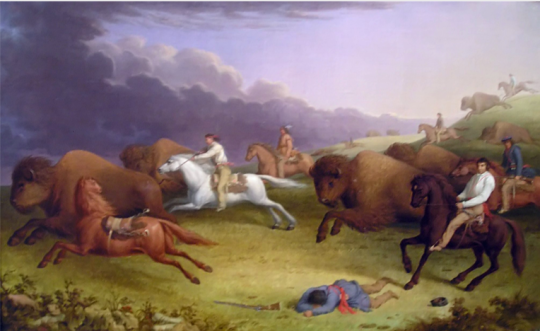
(Image: https://en.wikipedia.org/wiki/M%C3%A9tis_buffalo_hunt#/media/File:PaulKane-BuffaloHunt-ROM.jpg)
Here is a poem by Marilyn Dumont about how to make pemmican:
How to Make Pemmican
Kill one 1800lb. Buffalo
Gut it
Skin it
Butcher it
Slice the meat in long strips for drying
Construct drying tripods and racks for 1000lbs. Of wet meat
Dry it while staving of predators for days
Strip from drying racks and lay on tarps for pounding
Round 1000 lbs. of dry meat
Mix with several pounds of dried berries, picked previously
And rendered suet
Cut buffalo hides in quarters
Fill with hot dried meat, berry and suet mixture
Sew quarter-hide portions together with sinew
Bury in a cache for later mmmh.
(Dumont, 2015)
While the buffalo hunt had the very practical purpose of obtaining meat and trade supplies, it was also a time where the Métis were able to sing, laugh, dance, gossip, joke and fight. It was a pretty loud affair, not to mention over the shrieks made by their signature Red River carts (Teillet, 2019).
Cuthbert Grant, the Buffalo Hunt & its Significance for Future Métis Governance
After 1816, Cuthbert Grant brought together the Métis in a way where you could say that “the buffalo hunt began in earnest” and grew into the legendary Métis buffalo hunts. He was able to somewhat tame a freedom loving and wild group of people. He managed to create an environment where their freedom and pride was honoured, while they also learned to work together as a unit. Grant developed democratic rules of the hunt, and a chain of command, from the chief captain of the hunt to ten captains below, as well as to scouts and camp guards (Teillet, 2019). When over a 1000 people could be participating in a single hunt, it required rules to make it work, including things like no stealing, swearing or hunting on Sundays. Once these rules were well established among the Métis, it was possible to apply them to other important matters of survival. This is why this institutional structure of the hunt was an early form of Métis governance (Cram, 2020).
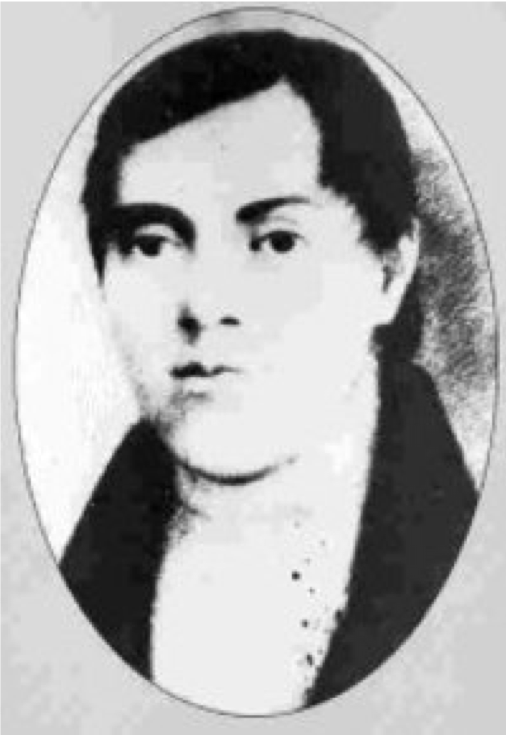
(Image: http://www.biographi.ca/en/bio/grant_cuthbert_1854_8E.html)
Near Extinction of the Buffalo Herds of Turtle Island
The buffalo hunt as a way of life came to an end in the late 1800s, when the buffalo herd populations were nearly decimated. This near collapse of the population is said to be due to over harvesting, as well as the deliberate and successful attempt to starve Indigenous peoples of plains in the United States by the American government (Bergman, 2013).
Well not the only groups considered to be responsible for the near extinction of buffalo, the Métis have been named to have been part of the problem. They were considered to be wildly successful hunters, where they rode on horseback and killed by the gun. I’ve also read contradictory information about whether they used as much of the buffalo as they could or whether they were wasteful. One source claims that nothing was wasted, where all the “meat and skin was preserved and cured” before any more buffalo were killed (Teillet, 2019). But another source talks about how it was witnessed that the Métis could be quite wasteful, where hunting in the summer risked spoiling a huge amount of meat and fat if the weather suddenly became too hot and they sometimes took the best cuts of meat and best fat and left the rest of the buffalo on the field (Cunfer & Waiser, 2016).
If the latter part is true, it is certainly requires some critical reflection. If it is true, It makes me think maybe many Métis lost their teachings from their First Nations mothers, that animals are sacred and every bit of them should be used to honour them for sacrificing their lives. It’s possible that survival may have been so hard at that time they felt they had no other way to survive but to get pemmican meat and buffalo robes to market.
Relevance of the Buffalo and the Hunt to the Métis Today and in the Future: Political Tradition
First off, I recognize that as Métis people we will never go back to a subsistence life based on the buffalo.
Yet I recognize that Métis peoples’ past relationship with the buffalo and the structures that came about due to the buffalo hunt has current and future implications for the Métis, including opportunities and challenges.
One could argue that out of these buffalo hunts came a sense of unity and from that emerged a new Nation. The Métis had developed a governing system during these hunts that were based on Métis values, including egalitarianism, freedom, democracy, mobility, family and kin (Teillet, 2019). We saw these values and structures of government reflected in the Métis provisional government, of which Louis Riel was the leader, that was concerned with the rights of the Métis and negotiating the terms of entering Confederation (Bumsted, 2019). We now see these values shine through in our current local community and provincial governments, who represent us and advocate for our Métis rights today, as constitutionally enshrined Indigenous peoples in Canada.
I think that one of the opportunities that has arisen from the Métis buffalo hunt and Métis values is our strong political tradition, which our culture should continue to use in governance. I think the continuation of this political tradition is important to carry on into the future in the Métis fight for increased self-determination in a State which has continuously and continues to try to deny many of our rights, as Indigenous peoples in Canada, and more specifically as Métis people.
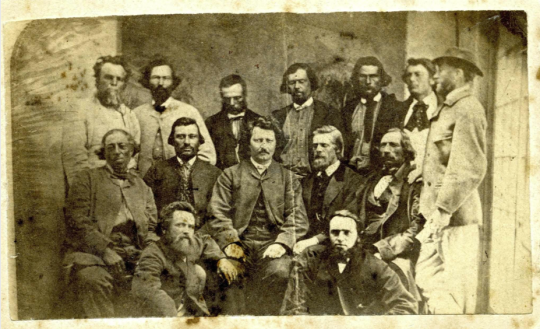
(Image: https://www.winnipegfreepress.com/arts-and-life/entertainment/books/recasting-riel-568290592.html)
Métis, Buffalo and the Buffalo hunt: Other Implications
I also think that the love of Métis peoples to be out on the land, where they would have rather been hunting buffalo than toiling away at agriculture, points to the fact that connection to land is an important part of Métis wellness. I have noticed that in my Métis community, particularly with youth, there is a strong desire to connect more with the land, including through the gathering of plants for food and medicine, and through hunting. In the future it would be helpful if there was more funding that helps get Métis people out on the land.
Finally, I think that the issue of the near collapse of the buffalo population is both a challenge and opportunity to the Métis peoples, and other peoples, when reflecting on the future. I think it is important for us as Métis people to reflect on the fact that we may have played a significant part in this and to use it as an opportunity to reflect and take action in the future regarding environmental protection and conservation that is done in a decolonized manner, where we take the lead from those First Nations whose traditional territories we are working in.
References
Bergman, B. (2013). Bison back from brink of extinction. The Canadian Encyclopedia. Retrieved from https://www.thecanadianencyclopedia.ca/en/article/bison-back-from-brink-of-extinction
Bumsted, J, (2019). Red River Rebellion. The Canadian Encyclopedia. Retrieved from https://www.thecanadianencyclopedia.ca/en/article/red-river-rebellion
Cram, S. (2020). Muddied water season 2 episode 2: The buffalo hunt [audio file]. CBC Listen. Retrieved from https://www.cbc.ca/listen/cbc-podcasts/371-muddied-water
Cunfer, G. & Waiser, W. A. (2016). Bison and people on the North America great plains: A deep environmental history. College Station: Texas A & M University Press.
Dumont, M. (2015). The pemmican eaters: Poems. Toronto, Ontario, Canada: ECW. Retrieved from https://www-deslibris-ca.libsecure.camosun.bc.ca:2443/ID/467925
Gaudry, A. (2019). Métis. The Canadian Encyclopedia. Retrieved from https://thecanadianencyclopedia.ca/en/article/metis
Kodiak, K. (2020). Lii sayzoons Michifs: L’itii (June to August) [PowerPoint presentation]. Archaeological Society of Alberta.
Métis Nation of Ontario. (n.d.). Métis historic timeline: Significant dates in the development of the Métis Nation. Retrieved from http://www.metisnation.org/culture-heritage/m%C3%A9tis-timeline/
Teillet, J. (2019). The north-west is our mother: The story of Louis Riel’s people, the Métis Nation (First ed.). Toronto, Ontario, Canada: Patrick Crean Editions, an imprint of HarperCollins Publishers Ltd.
8 notes
·
View notes
Text
When Morticia Addams said, "Life’s not all lovely thorns and singing vultures, you know," and, "Hearts are wild creatures, that’s why our ribs are cages."
46K notes
·
View notes
Text
You’ve all heard of “Batman accidentally uses his suave playboy voice instead of his intimidating growly one while interrogating a thug” but now I present you: BATMAN ACCIDENTALLY USES HIS TIRED DAD™ VOICE.
I-been-working-on-this-case-for-76-hours-straight-Batman: *sigh* what did you do
Suddenly-guilty-feeling-Riddler: I can explain
47K notes
·
View notes
Photo

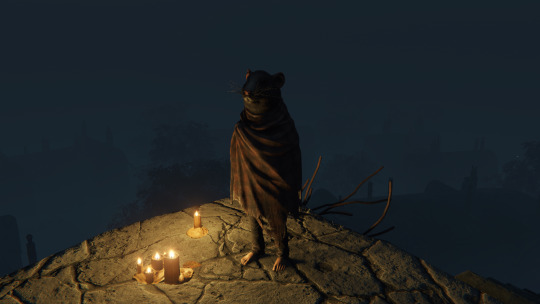
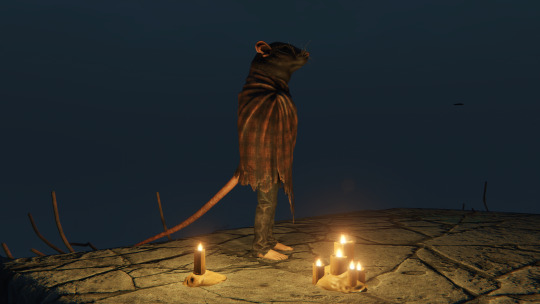
rat prophet dream, day 1; stairway to heaven, the backbone
116 notes
·
View notes

